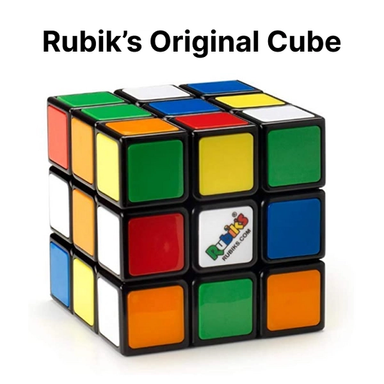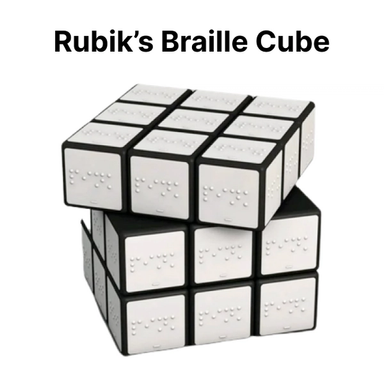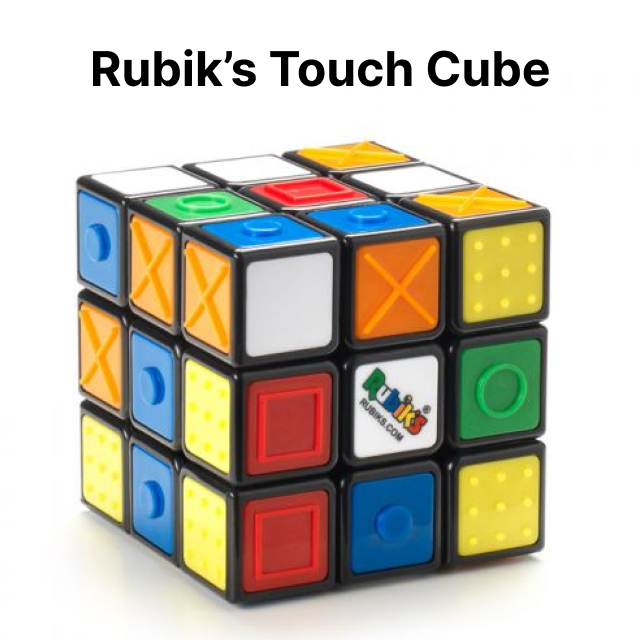Designing for Maximum Participation
UDL is an approach to curriculum that minimizes barriers and maximizes learning for all students. UDL helps to nurture the potential of every single individual by designing equitable learning environments.
One way we can explore how to design for inclusion and engagement is through the example of the Rubik’s Cube.


Accessibility as an Afterthought
The Rubik’s Cube with Braille is a solution that is accessible because a blind student could use it, but it is not universally designed.
Is this truly inclusive and celebratory of individual variability?
Is there a version that would allow blind and low-vision students and sighted students to learn together?

Applying Universal Design
The Rubik’s Touch Cube has both colours and textures. Both sighted and blind students can use the same device.
Can you think of another dimension to enhance the usability of the Rubik’s Cube even more? (Hint: Think of other areas of human variability.) How does this example challenge the way we have historically responded to learner variability?
Beware of disability “dongles” (Word Count: 248).
UDL requires a paradigm shift, moving away from designing for the average and towards a more inclusive and responsive curriculum. It invites us to examine the ways in which we unconsciously support systems that enable and reinforce barriers to equitable learning opportunities, along with strategies to minimize those barriers (CAST, 2020).